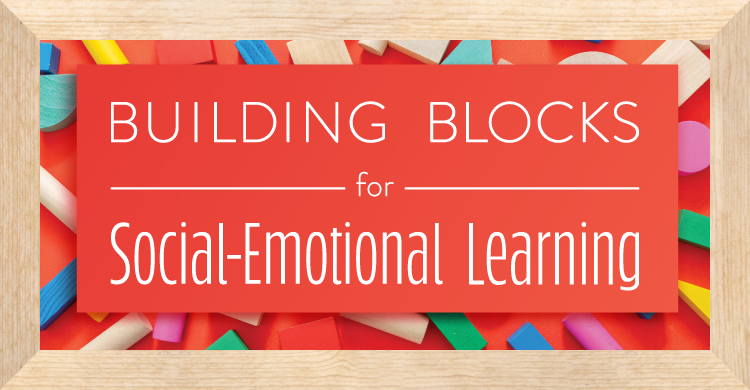Building a Foundation for Social-Emotional Learning (SEL) within Elementary Schools
While implementing meaningful and authentic SEL instruction throughout the school day. Social-emotional learning (SEL) continues


While implementing meaningful and authentic SEL instruction throughout the school day. Social-emotional learning (SEL) continues